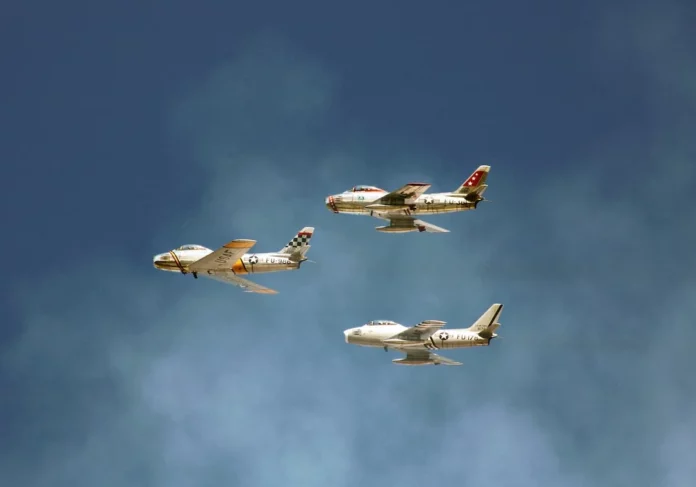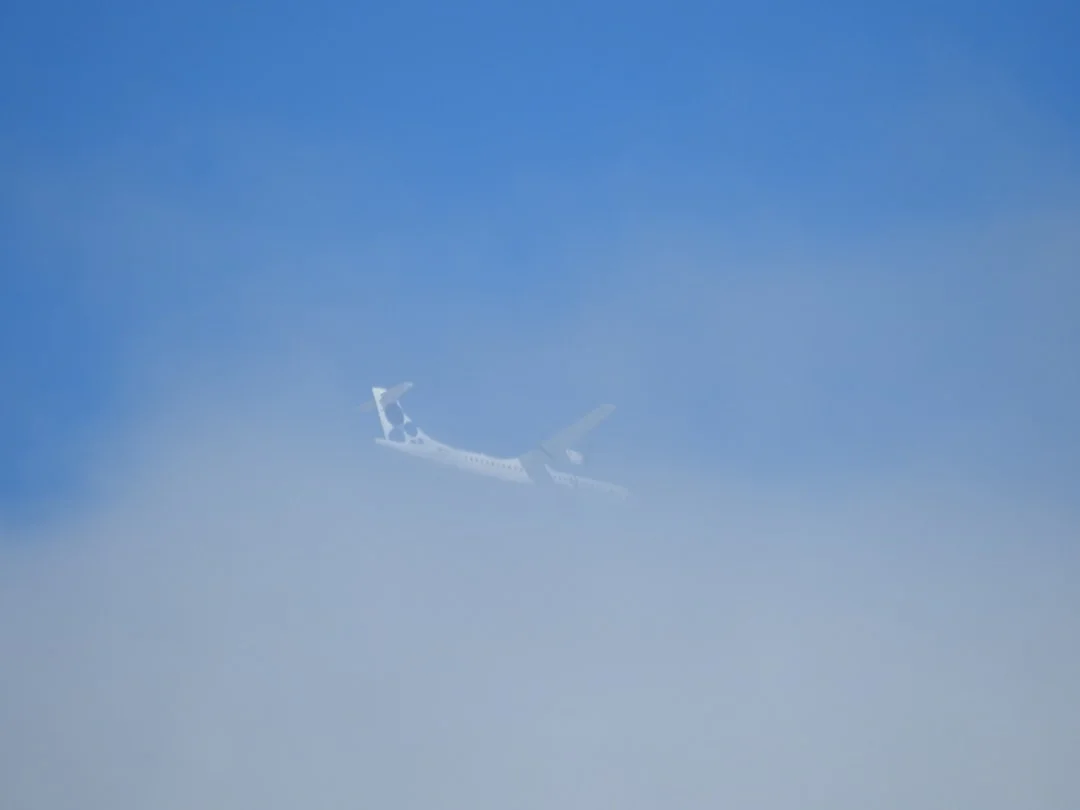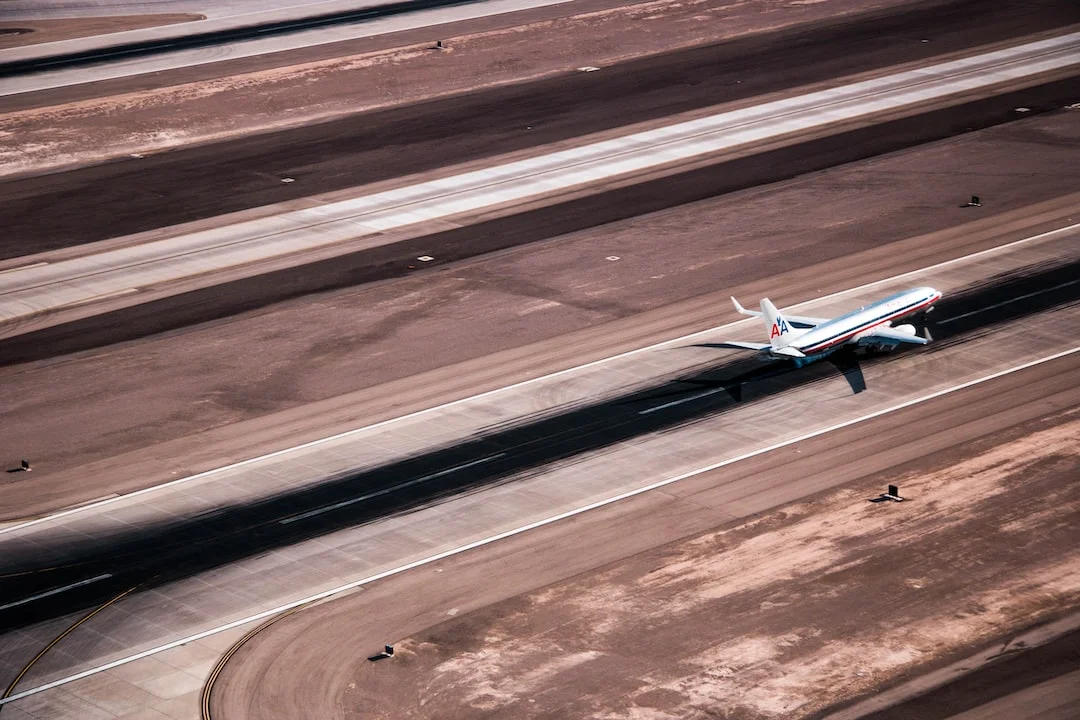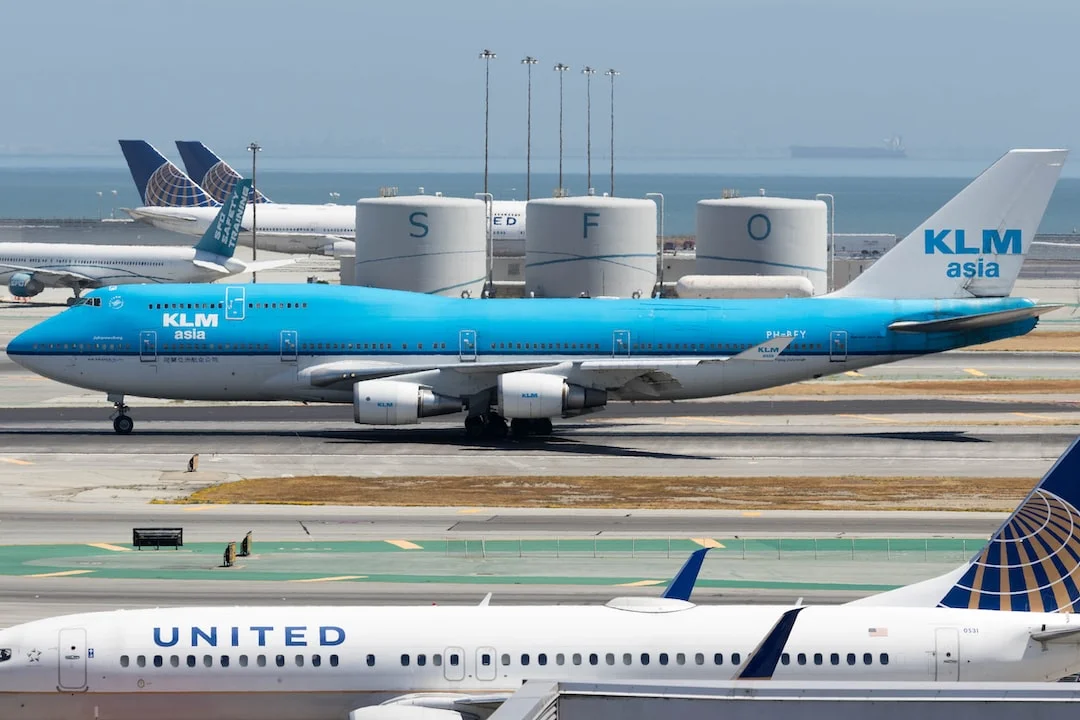The Ram Air Turbine (RAT) is an essential component of the Airbus A320 aircraft, providing a crucial backup power source in case of an emergency. As the name suggests, the RAT utilizes the aircraft’s forward motion to generate power, ensuring the operational integrity of critical systems even in the event of a total loss of electrical power during flight. Let’s delve deeper into the workings and significance of the Ram Air Turbine on the Airbus A320.
Contents
Ram Air Turbine: An Emergency Power Source
The Ram Air Turbine (RAT) on the Airbus A320 is a small, wind-driven turbine located on the aircraft’s fuselage. It operates by harnessing the power of the incoming air during flight and converting it into mechanical energy to drive an electrical generator. This generator then supplies power to essential systems, such as flight controls, hydraulic systems, and communication instruments, ensuring the aircraft can continue to operate safely even in the absence of primary electrical power sources.
In the case of an electrical failure, the RAT automatically deploys, extending into the airflow to capture the kinetic energy of the air. The RAT is designed to start generating power at wind speeds as low as 130 knots (150 mph) and can produce up to 5 kilowatts of electrical power, providing sufficient energy to sustain the critical systems required for safe flight and landing.
It is important to note that the RAT only provides temporary power until the aircraft’s primary power sources are restored or an alternate power source, such as the Auxiliary Power Unit (APU), is activated. However, the RAT serves as a vital backup system, ensuring the aircraft’s continued functionality and enabling the flight crew to control the aircraft, communicate with air traffic control, and perform necessary flight operations.
Activation and Deployment of the RAT
The Ram Air Turbine (RAT) on the Airbus A320 is designed to activate automatically in response to specific conditions, primarily in the event of a total loss of electrical power. The activation process is initiated through various means:
1. Loss of Normal Electrical Power: If the aircraft experiences a complete electrical failure, the RAT is automatically deployed to provide emergency power. This can occur due to multiple reasons, such as a dual engine flameout, loss of generator power, or a total loss of electrical system functionality.
2. Manual Deployment: In certain cases, the flight crew can manually deploy the RAT to ensure the availability of backup power, even if primary electrical systems are still functioning. This can be beneficial in situations where the crew anticipates a potential electrical failure during flight and wants to maintain an additional power source to mitigate risks.
Once deployed, the RAT extends into the airflow, activated by the pressure difference between the air ramming into it and the ambient air pressure. This pressure differential drives the turbine, which then powers the generator to supply electrical energy to key aircraft systems, as mentioned earlier.
It is worth noting that the RAT can be manually stowed after deployment, usually once the primary power sources are restored, to reduce drag and optimize the aircraft’s aerodynamic performance.
The Importance of the RAT
The Ram Air Turbine (RAT) plays a pivotal role in ensuring the safety and functionality of the Airbus A320 aircraft during emergency situations. This auxiliary power source serves as a critical backup system, providing the necessary electrical power to sustain the aircraft’s vital systems. Here are some key points highlighting the importance of the RAT:
1. Redundancy: The RAT adds an extra layer of redundancy to the aircraft’s electrical system, allowing for continued operation in the event of a total loss of electrical power from primary sources. This redundancy enhances the overall safety and reliability of the A320 aircraft.
2. Emergency Control: The RAT ensures that the flight crew retains control over critical flight systems, such as flight control surfaces and hydraulic systems, even in the absence of primary electrical power. This control is essential for maintaining aircraft stability, maneuverability, and ultimately, flight safety.
3. Communication and Navigation: The RAT enables the operation of communication instruments, such as radios and transponders, allowing the flight crew to communicate with air traffic control and other aircraft. Additionally, it power the navigation systems, such as the Flight Management System (FMS), ensuring accurate navigation and situational awareness.
Overall, the Ram Air Turbine (RAT) is a critical component of the Airbus A320 aircraft, providing emergency power in situations where primary electrical systems fail. Its deployment and operation ensure the continued safe operation of the aircraft and allow the flight crew to navigate potential emergency scenarios with enhanced control and communication capabilities.
Conclusion
The Ram Air Turbine (RAT) on the Airbus A320 is an integral part of the aircraft’s emergency power system, offering a reliable backup power source in the event of electrical failure. It harnesses the aircraft’s forward motion to generate power, ensuring the uninterrupted operation of critical flight systems. The RAT serves as a vital safety feature, allowing the flight crew to maintain control over the aircraft and enabling communication and navigation capabilities even during emergencies.
With its ability to provide up to 5 kilowatts of electrical power, the RAT plays a significant role in the overall safety and functionality of the Airbus A320. It exemplifies the emphasis on redundancy and contingency planning in the aviation industry, ensuring that even rare and unexpected scenarios can be addressed effectively.
For More: What is SDCU on Airbus A320? (Smoke Detection Control Unit)




